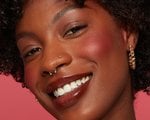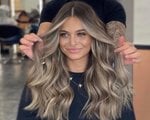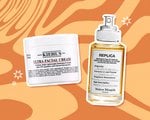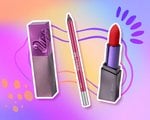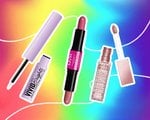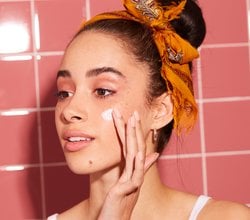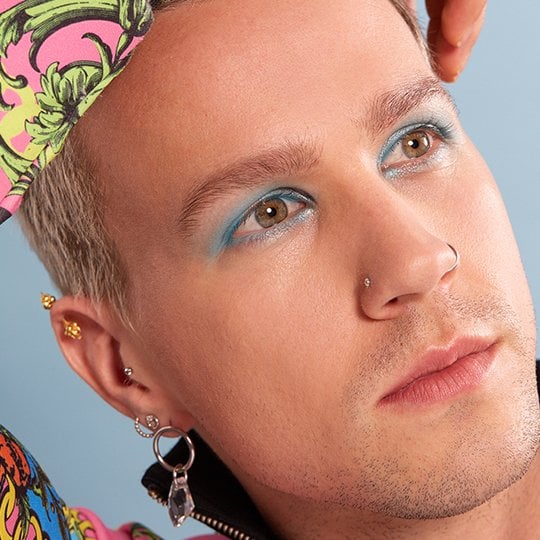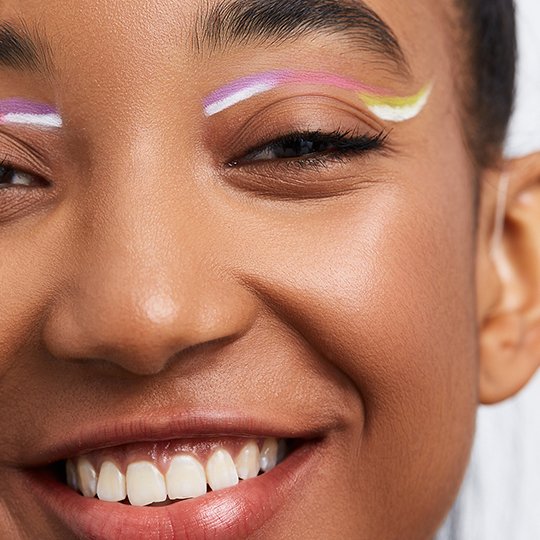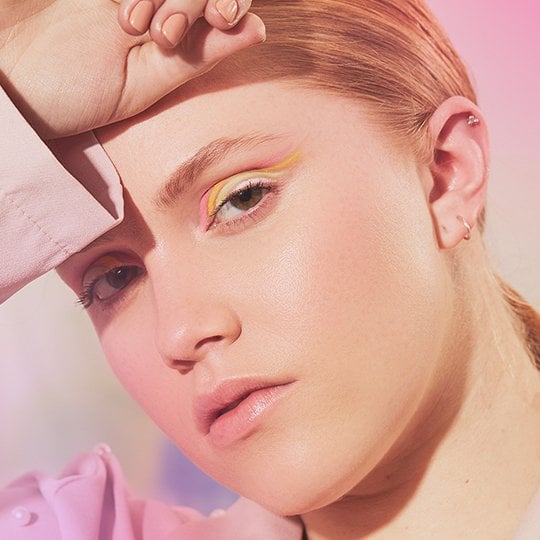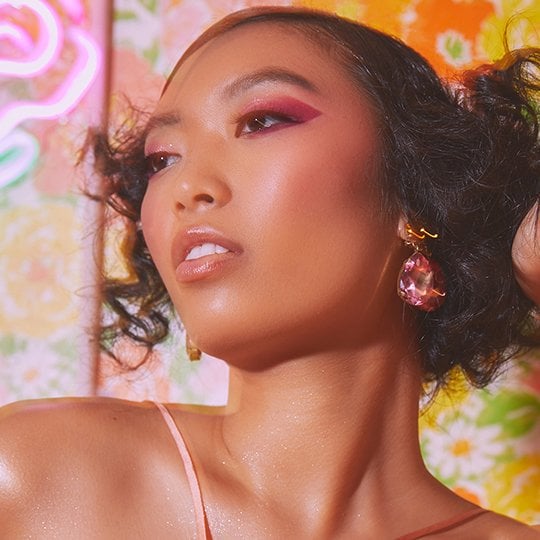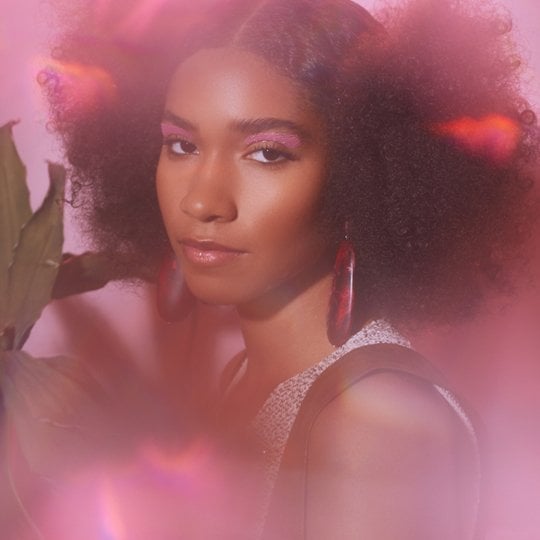Why DIY Makeup is Dangerous — According to a Chemist
July 31, 2018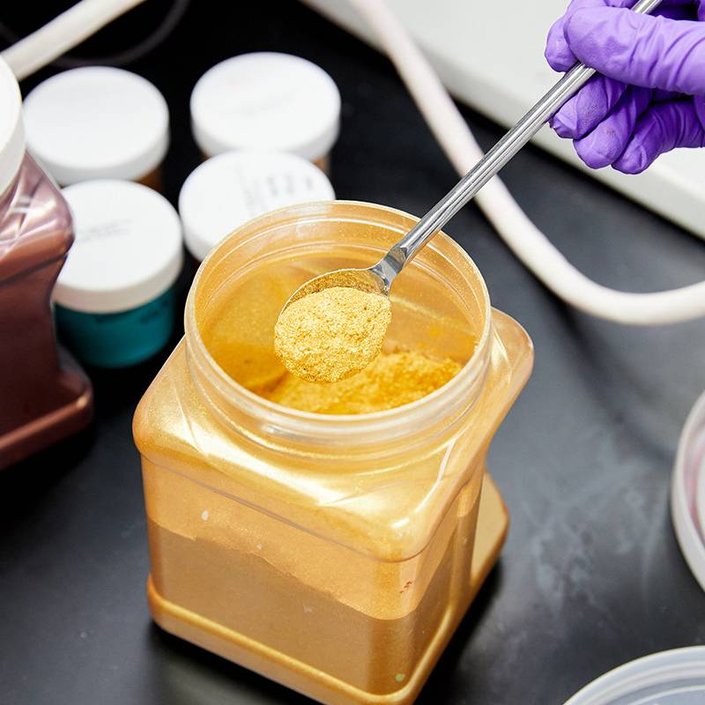
We’ve all seen the endless DIY makeup tutorials sprinkled across the interwebs — everything from “how to create your own lipstick using crayons,” to “how to make your own mascara using Oreos and coconut oil.” While admittedly, we’ve laughed (and nearly cried) watching these on repeat, we also always felt that they were a little too out there. After all, is putting an edible substance on your lashes or crayon on your lips really that good of an idea? L’Oréal chemist Roselin Rosario is one to disagree, and after chatting with her about the process, we definitely see where she’s coming from. Ahead, find our takeaways as to why DIY makeup can be dangerous — and how to do it safely if you so wish.
The Misconception of Safety
“I think a big misconception is that if makeup is self-made or found in your kitchen, then it is safe and healthy,” says Rosario. In fact, by DIYing your own makeup, you might be altering the chemical properties of a product without even knowing it. “There are FDA laws and regulations that cosmetic companies follow for use of the ingredients and their levels, and it’s the legal responsibility of cosmetic manufacturers to ensure that their products are safe,” she adds. And Rosario has a point — while DIY makeup might be masked as a “safer” option, you might be altering chemical values and accidentally changing compounds, meaning it’s actually not.
It Isn’t Always Sterile or Safe for the Skin
Rosario also notes that just because something is “safe for everyone, including children,” that doesn’t mean it’s meant to go on the skin. “The melting of crayons into lipstick is a great example,” she says. “Crayons are safe as long as you follow the guidelines of its intended use which is coloring on paper and surfaces that are not the skin.” This goes the same for food-grade products as well, because just because you can eat it, doesn’t necessarily mean it’s okay to be used for any other purpose. “Potential effects and reactions could occur on the skin because food ingredients are just not meant to be used in makeup,” she says.
Try a Kit
If you really want to DIY makeup products, Rosario’s advice is to stick with a DIY makeup kit, or play with the makeup you already have. As long as your applicators and containers are cleaned and properly sterilized, mixing colors and pigments you already have is certainly the safer route — so we suggest dropping the coconut oil, crayons and Oreos. “Creativity and wanting to explore and make your own makeup can be fun, but it’s best to start with cosmetic grade products,” says Rosario. Now go forth and mix.



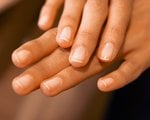




.jpg?cx=0.5&cy=0.5&cw=150&ch=120&blr=False&hash=7EFF884A993DEA3F5478073D512F8CFC)

